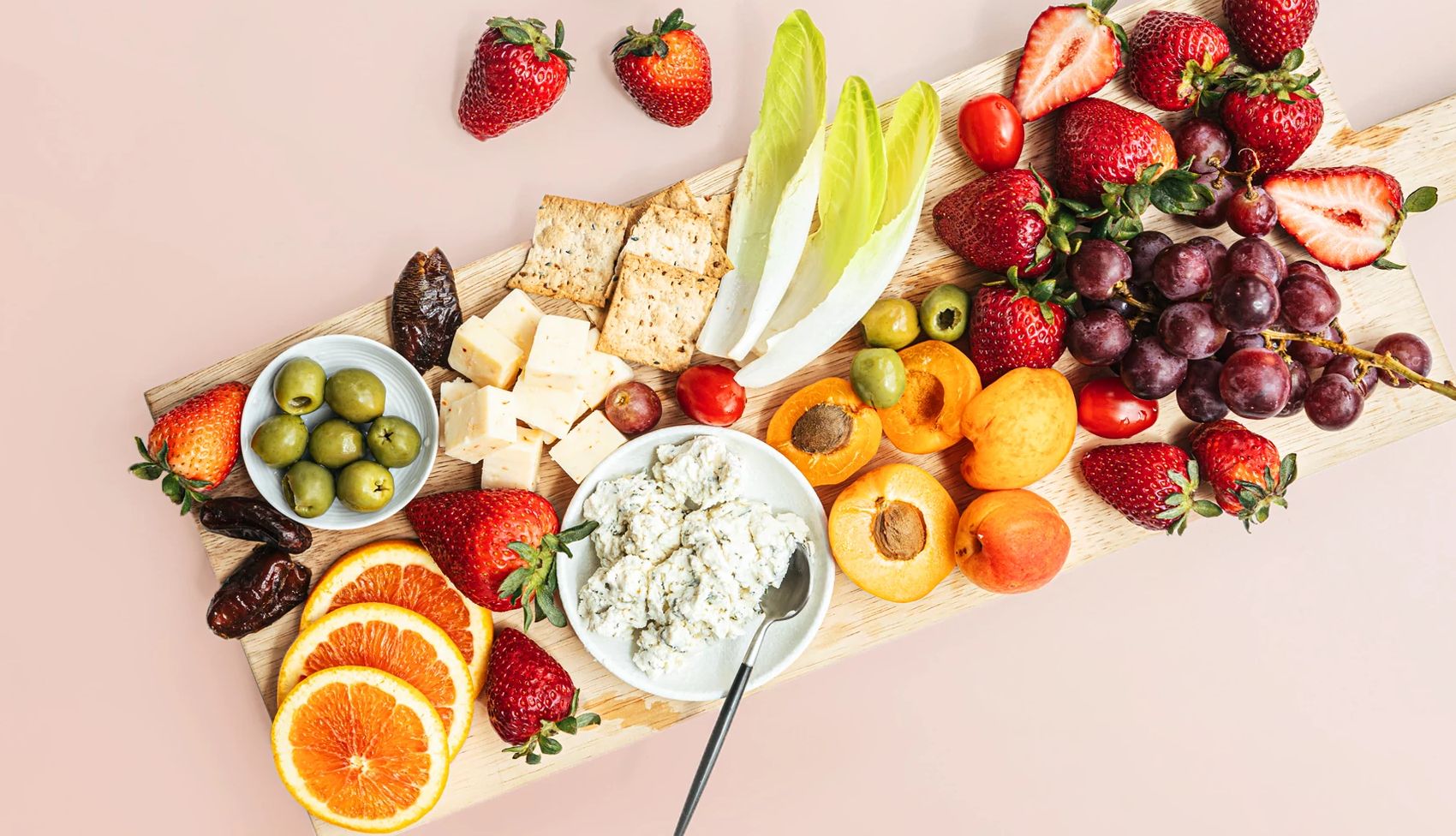
How to make a healthy charcuterie board | members only
- Select a language for the TTS:
- UK English Female
- UK English Male
- US English Female
- US English Male
- Australian Female
- Australian Male
- Language selected: (auto detect) - EN
Play all audios:

A charcuterie board is a fun appetizer that will wow your guests, and it’s easy to throw together. You can even skip having to use the oven to make these — a nice respite on warm evenings.
What’s usually on it? Charcuterie is a French word for cured meats, so that’s traditionally the heart of the board, says Colin Smith, chef and co-owner of Roundabout Catering in Reno,
Nevada. The rest, he says, is often cheese, fresh and dried fruit, pickled vegetables, nuts, jams and chutneys, all served with crackers and bread. Unfortunately, many of those tasty foods
come with high contents of sodium and fat, something 50-plus adults need to minimize in their diet. There is some evidence that too much sodium consumption is associated with lower cognitive
function in older adults, according to a 2020 study in the _Journal of Alzheimer’s Disease_. To help you make a lighter, healthier, but still delicious charcuterie board, we spoke to two
charcuterie experts and a registered dietitian. Here’s their advice. CHOOSE THE HEALTHIEST CURED MEATS On a typical charcuterie board you’ll find cured pork such as prosciutto, salami and
cured sausage. Many pork cuts on charcuterie boards are traditionally fatty cuts of meat, says Samantha Dieras, a registered dietitian and director of ambulatory nutrition services at Mount
Sinai Hospital. SO WHAT ARE SOME LOWER-FAT SUBSTITUTES? Beef salami typically has less fat than pork salami. If you want a visual cue for fat content, look at the marbling — the more
marbling, the more fat. Smith suggests two other lower-fat options: cured turkey or chicken sausage. AND HOW ABOUT SODIUM, PRESERVATIVES AND ADDITIVES? Smith says that while cured meats can
be very high in sodium, some brands contain less than others, so it’s worth reading the nutrition labels. Less sodium in cured meats doesn’t impact their flavor or texture, per a 2024 study
in the journal _Molecules_. AS FOR PRESERVATIVES, INCLUDING NITRITES AND NITRATES, TRY TO AVOID THOSE, TOO. They help preserve and reduce the oxidation of cured meats, but they’re not
necessary, says Jessica Sennett, founder of Cheese Grotto, a company that sells storage containers for cheese. There are also increasing concerns about the negative health effects of
consuming preservatives, according to a review of studies that was published in the journal _Foods _in 2022.
